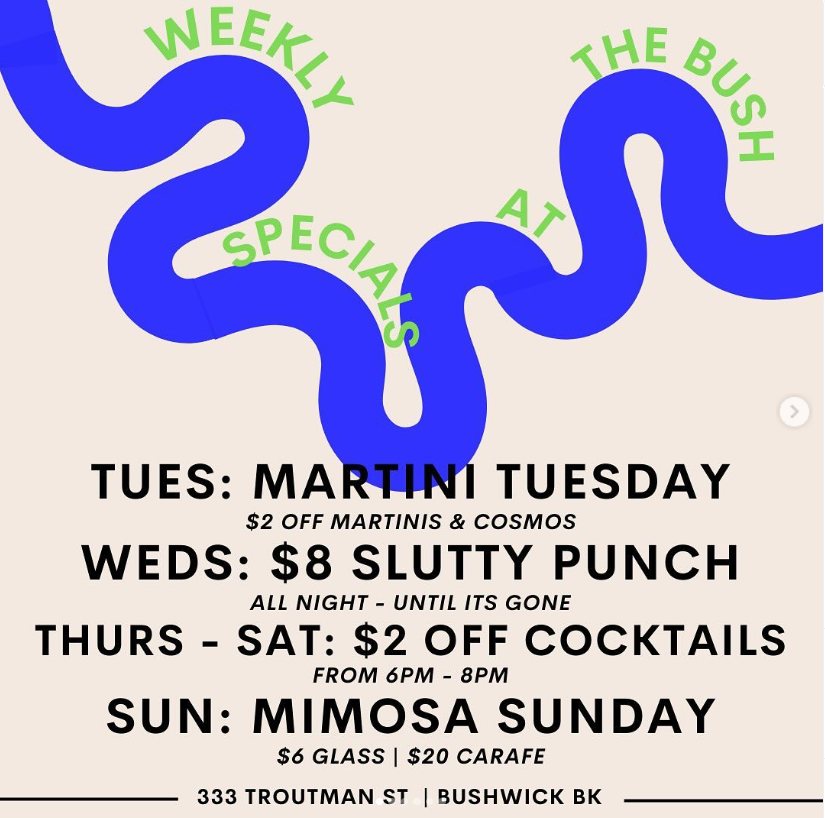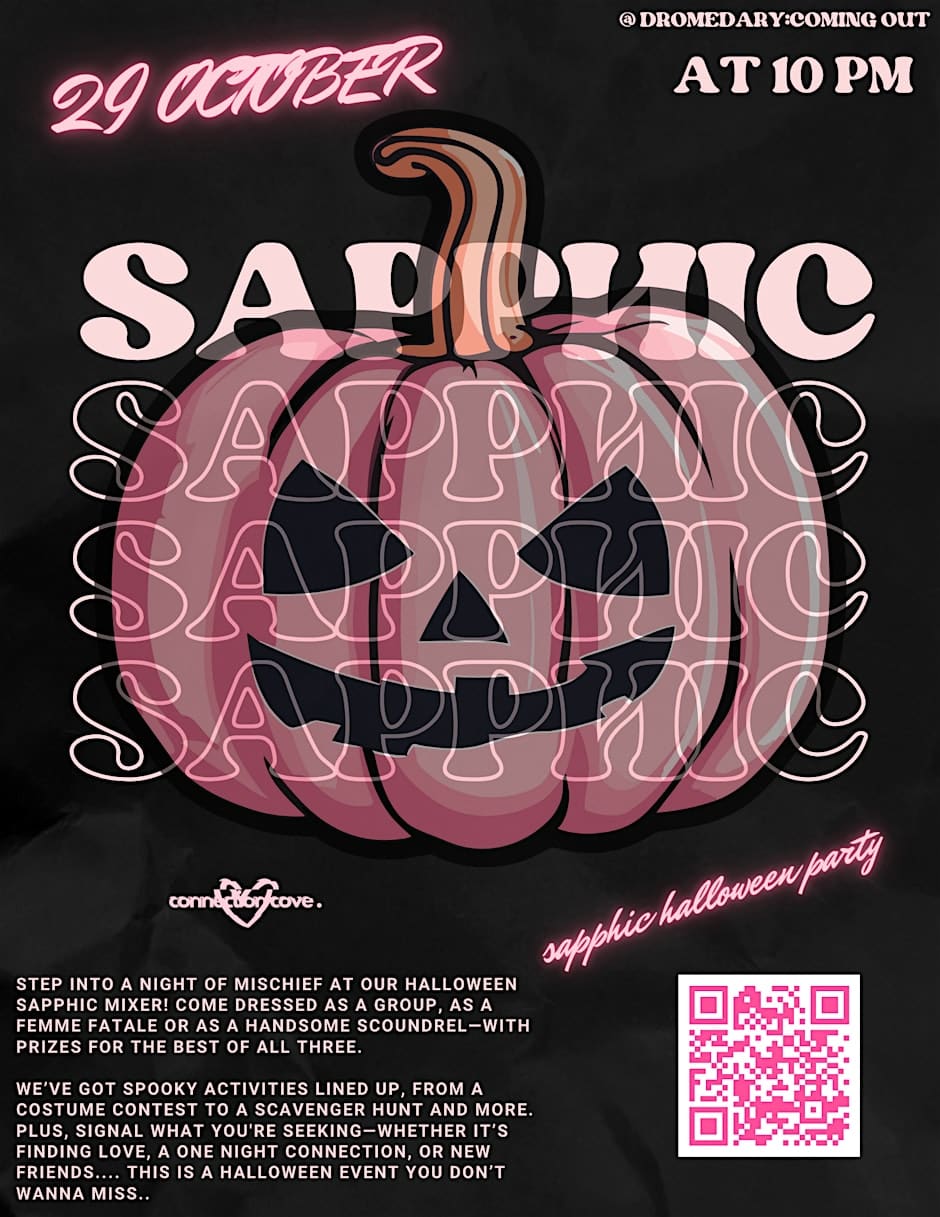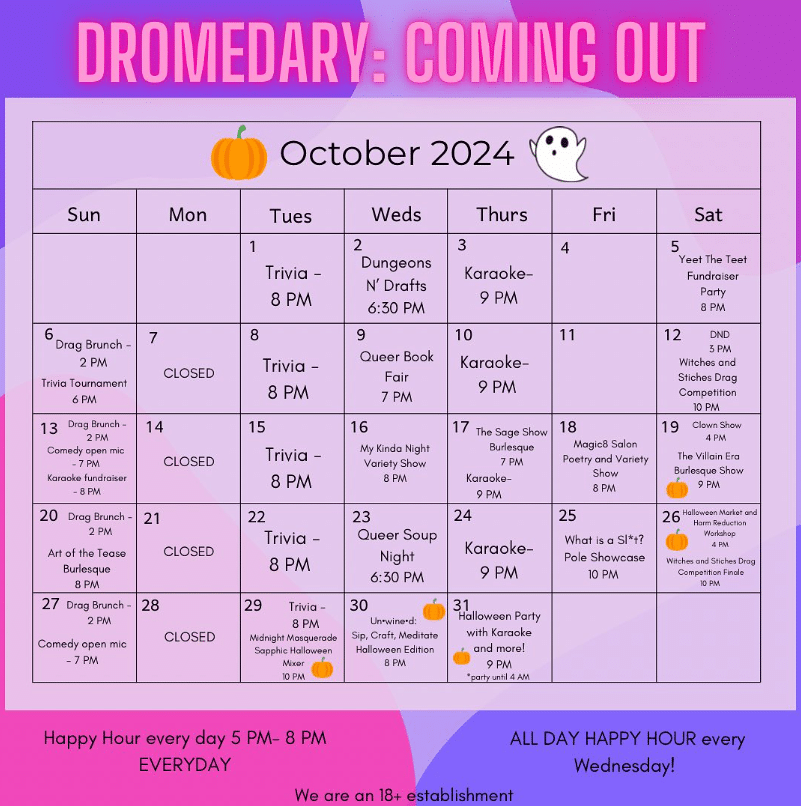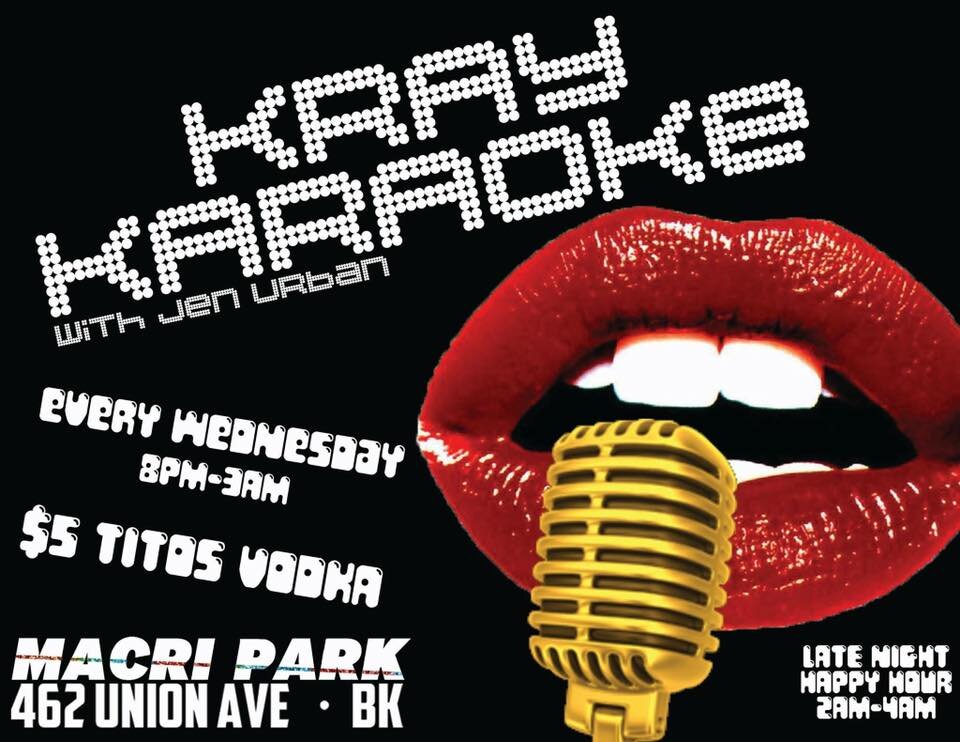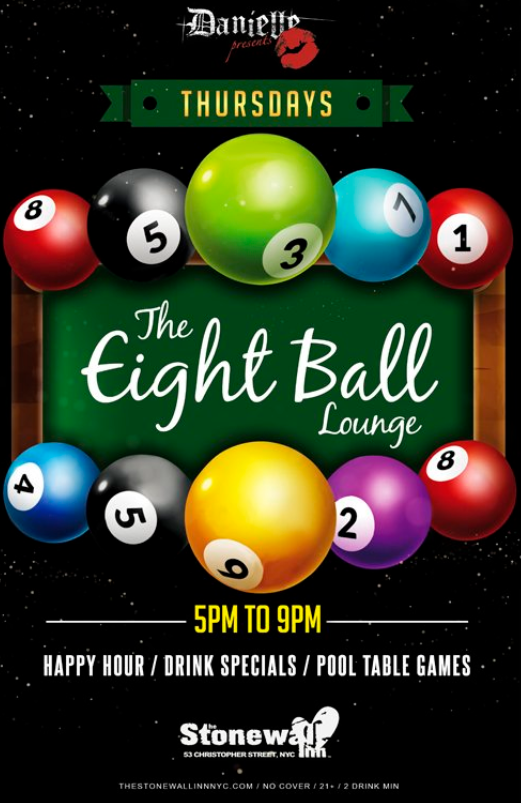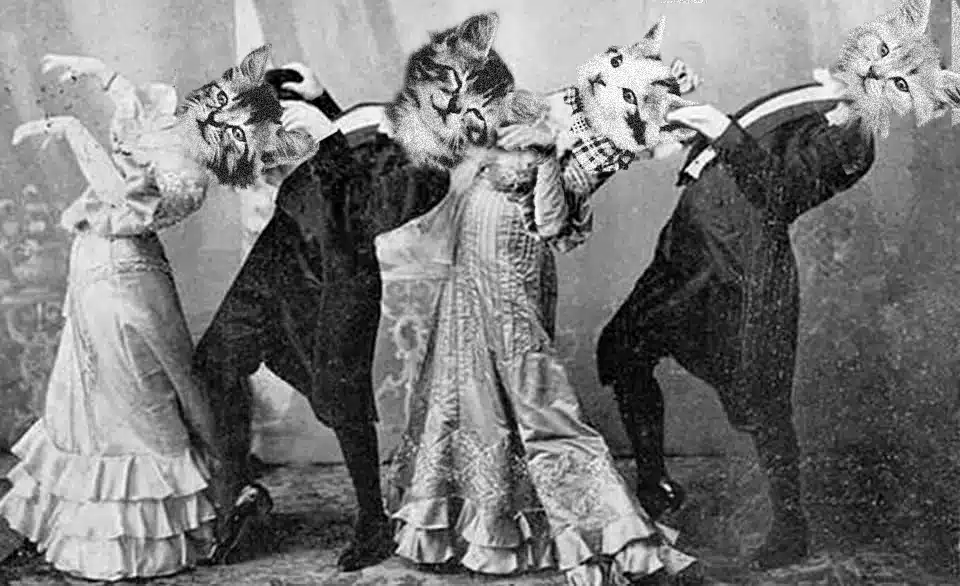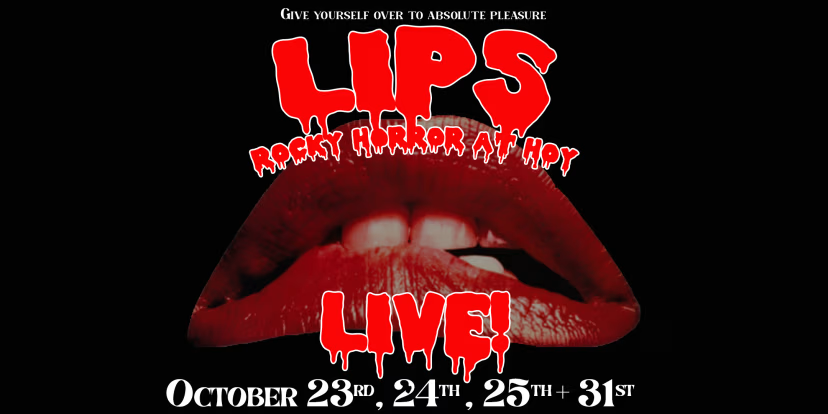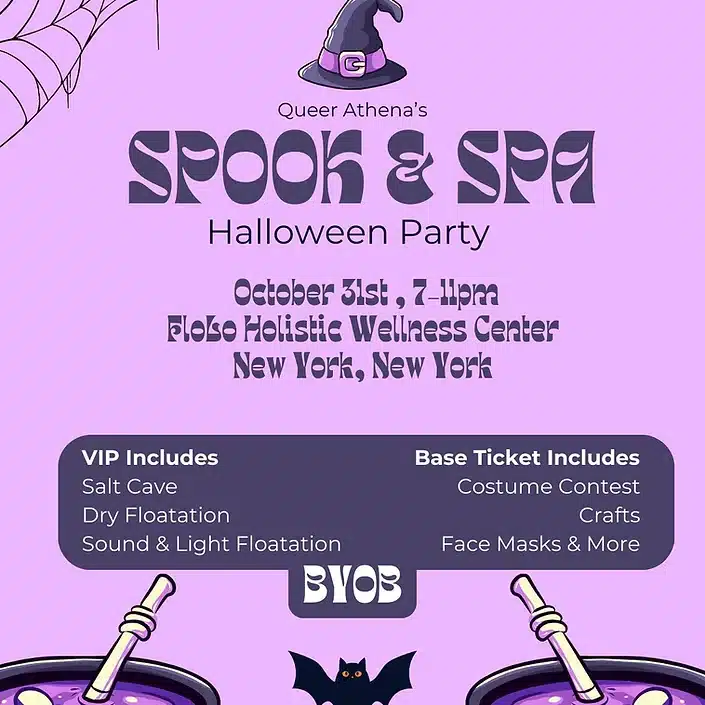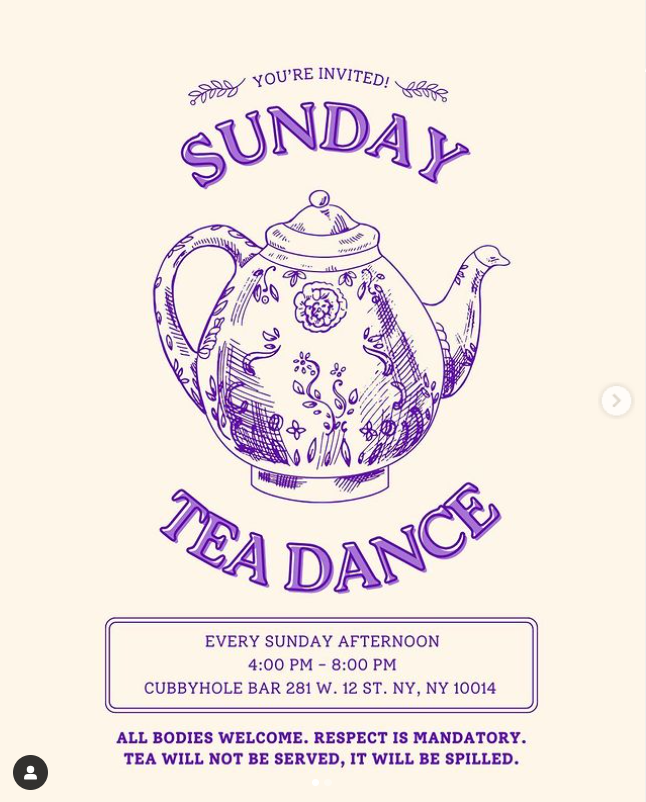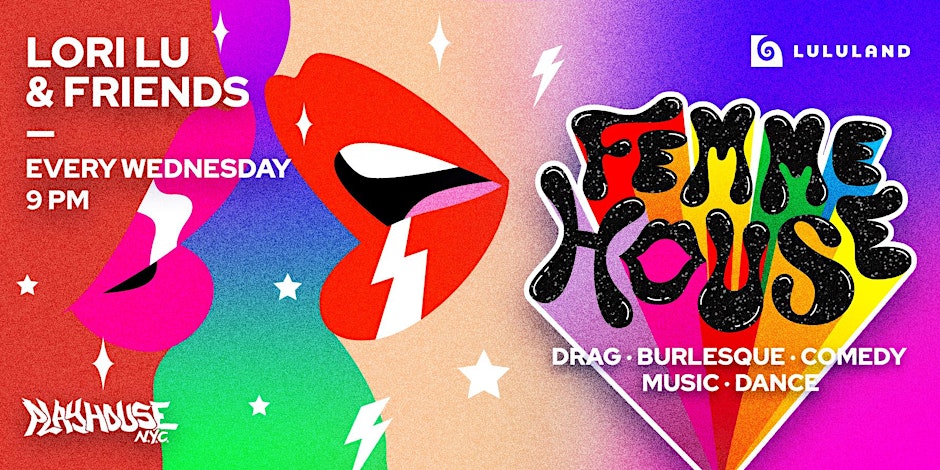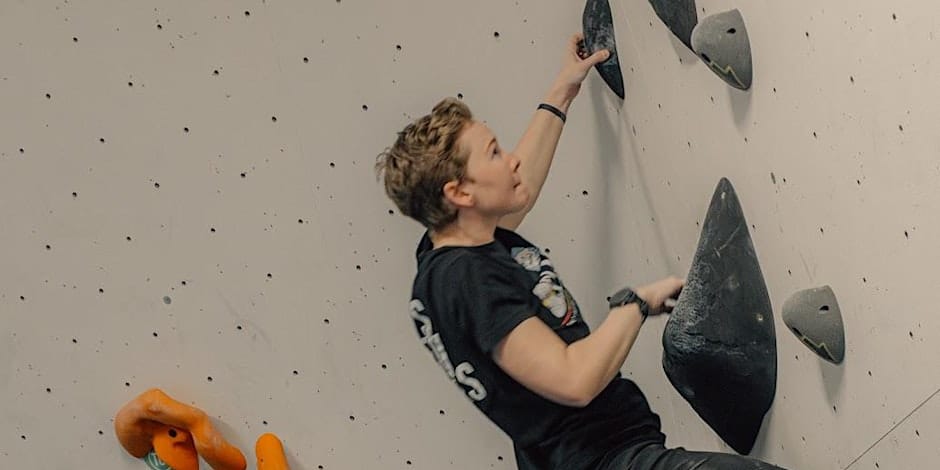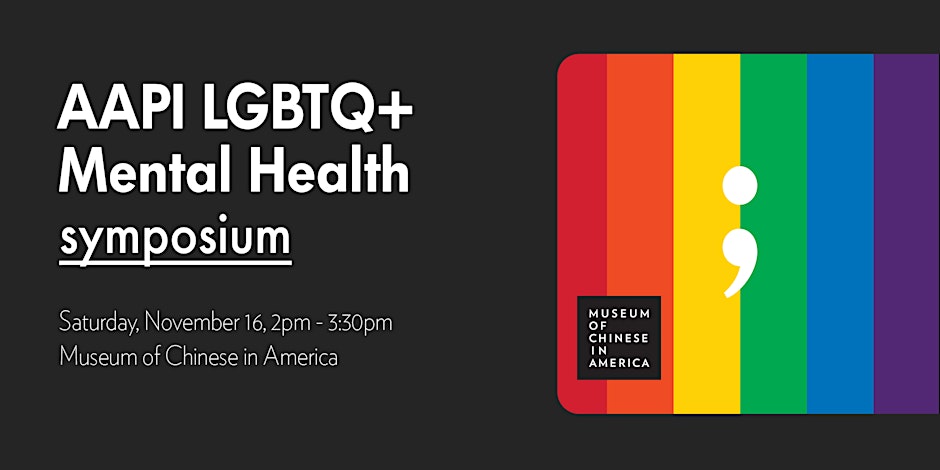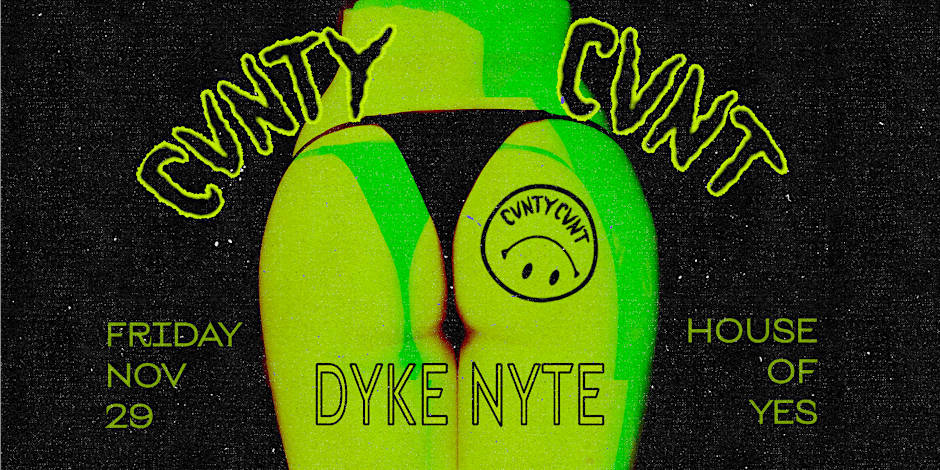The G-spot is low-key the unsung hero of cunnilingus. We focus so much on the external clitoris (and other parts of the vulva) that we often forget that internal stimulation in tandem with external stimulation can deliver seriously explosive orgasms. Don’t get us wrong, the clitoris is the QUEEN and will never lose her reign, but the G-spot is important.
Legit. You need to get on this ASAP. Here is how you can involve the G-spot in your oral sex game. You can thank us later.
First of all, what is the G-spot exactly?
Calling it the G-spot is a simple way of explaining a more complex piece of anatomy. “Spot” is actually a bit inaccurate. While its makeup is still contested amongst experts, we’ve gone from believing it was a button or spot, to thinking maybe it wasn’t a thing, to realize it isn’t actually a spot at all.
The G-spot is actually an area. specifically the ducts, glands, and tissue surrounding the urethral sponge and urinary canal.
Among its many glands and ducts is the Skene’s Gland, which fills with an alkaline fluid during stimulation. At the time of orgasm (or even before orgasm for some vulva-owners), the fluid is released, aka: “squirting.”
Not every vulva-owner squirts, but we all have this gland. While it’s unclear why not everyone squirts, new research is coming to light every day to get us closer to unlocking the often ignored mysteries about female sexual anatomy.
Additionally, the G-spot is part of the entire clitoral network; the internal section. Get this, it’s part of the CLITORIS! It is the back of the clitoris which is located internally, behind the pubic bone.
To locate this area, insert two fingers into the vaginal canal and hook them up towards the belly button, behind the pubic bone. It makes sense when you think about it; if you touch this area and gently pull on it, it aligns perfectly with the external clitoral glans. It should feel like a walnut textured patch.
Although we didn’t know the full structure of the clitoris until the 90s (I know, right?), the clit itself is much larger than that rosebud-like bump you see at the very top of the vulva. The clit extends inside the body—sometimes up to five inches in some women!
Why G-spot stimulation feels so glorious
The G-spot is connected to lots of nerves in the body. Internal stimulation feels fantastic for some vulva-owning people because it stimulates the pudendal nerve, which travels through the clitoris, anus, and perineum—this is basically the entire genital region. Thus, putting pressure on or using a circular motion on the area gets the whole area sparked up.
The brain—our biggest sex organ—picks up the signals from these nerves and releases dopamine and other feel-good chemicals into the body. It gets you high on feel-good brain juice.
Be sure to have an open and honest conversation with your partner BEFORE inserting fingers or a toy into the vagina during oral sex. Internal stimulation isn’t for everyone. Some people prefer external clitoral touching and licking only. If your partner is unsure if they’re into it, perhaps you can experiment a bit.
The point is that all play should be safe, consensual, and, of course, FUN!
How to get the G-spot involved (with fingers)
To stimulate the G-spot, start with using your tongue and lips on the clit to warm your partner up. This helps with getting the vagina stimulated, wet, and ready for finger insertion. Lube up one or two fingers. Lube is important and needed for some people.
Make a come hither or rocking horse motion after you’ve hooked up towards the belly button. Always communicate with your partner. Some people like more widespread, back and forth motions and others prefer pinpointed pressure.
If your partner isn’t sure, try different things. Listen for body-language to tell if something is working. If you get an “OH GOD YES!” or something similar, you know you’re on the right track. You can even try removing the fingers and slipping your tongue into the vagina. Dart your tongue into the vagina and swirl it around. Then, lick the entire inner vulva back up to the clitoris. It’s…kind of the best.
Don’t forget: Put most of your focus on the clitoris with your tongue and lips. This is central to oral sex.
How to get the G-spot involved (with toys)
The key to getting the G-spot involved with oral sex is G-spot curved toys. Why? Phallic-like dildos aren’t curved for optimal G-spot stimulation. Remember the hooking up motion when finding the G-spot? Yeah, sticking something straight inside the vagina likely won’t reach this spot. Since the G-spot, or G-spot area, is located behind the pubic bone, a curved wand or fingers are better designed for this type of stimulation.
When it comes to toys, find one that works for you. There might be some experimentation and trial and error involved in this.
There are so many different types of G-spot toys out there. There are vibrating wands, non-vibrating wands made of silicone (medical-grade or body-safe only), and many more. Most G-spot wands vibrate, but that might not be your jam.
Some toys have smooth, smaller heads while others have girthier heads. You can even find wands (and these are my personal favorites) made of stainless steel, glass, or hard plastic, but stick with ABS plastic, as it’s not porous.
Each type of wand offers different sensations, which is exciting! Steel gives a weightier, more thuddy pressure while a vibrating wand is lighter and gives the G-spot all over vibration.
Use a G-spot toy (vibrating or non-vibrating) and massage the area. Start with circular motions, up and down. Then, try applying pressure. Fun fact: you can actually pull someone physically by their G-spot because it is hooked behind the pubic bone.
No matter how much G-spot stimulation you’re using, don’t forget the external clitoris. Stick to circular or up and down motions over the clit while using the toy. You might just be in for the most intense orgasm of your life.
Gigi Engle is a certified sex coach, clinical sexologist, educator, and writer living in Chicago. Follow her on Instagram and Twitter at @GigiEngle. The advice offered in this column is intended for informational purposes only and should not replace or substitute for any medical advice or help.












